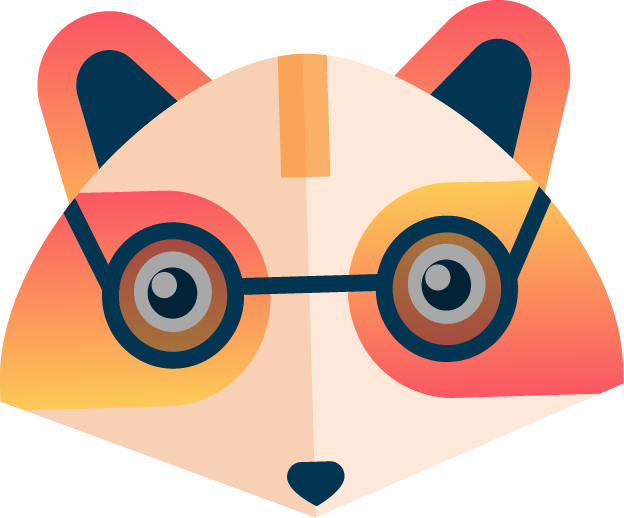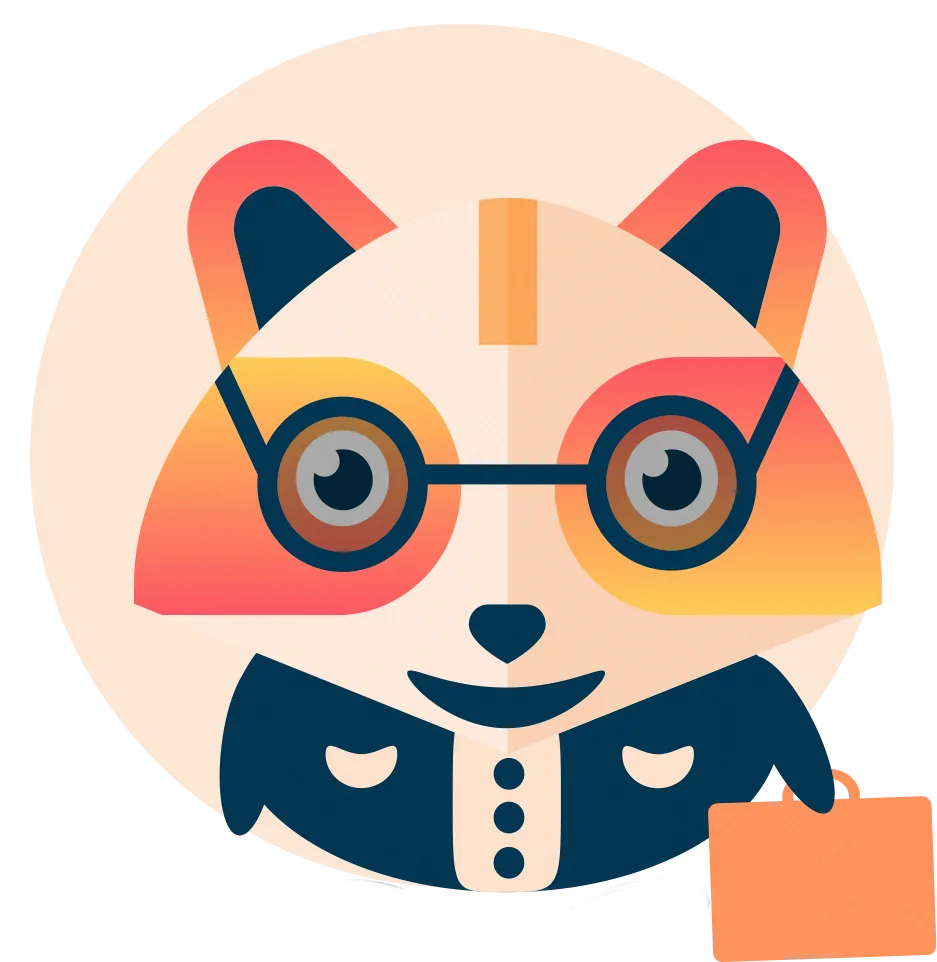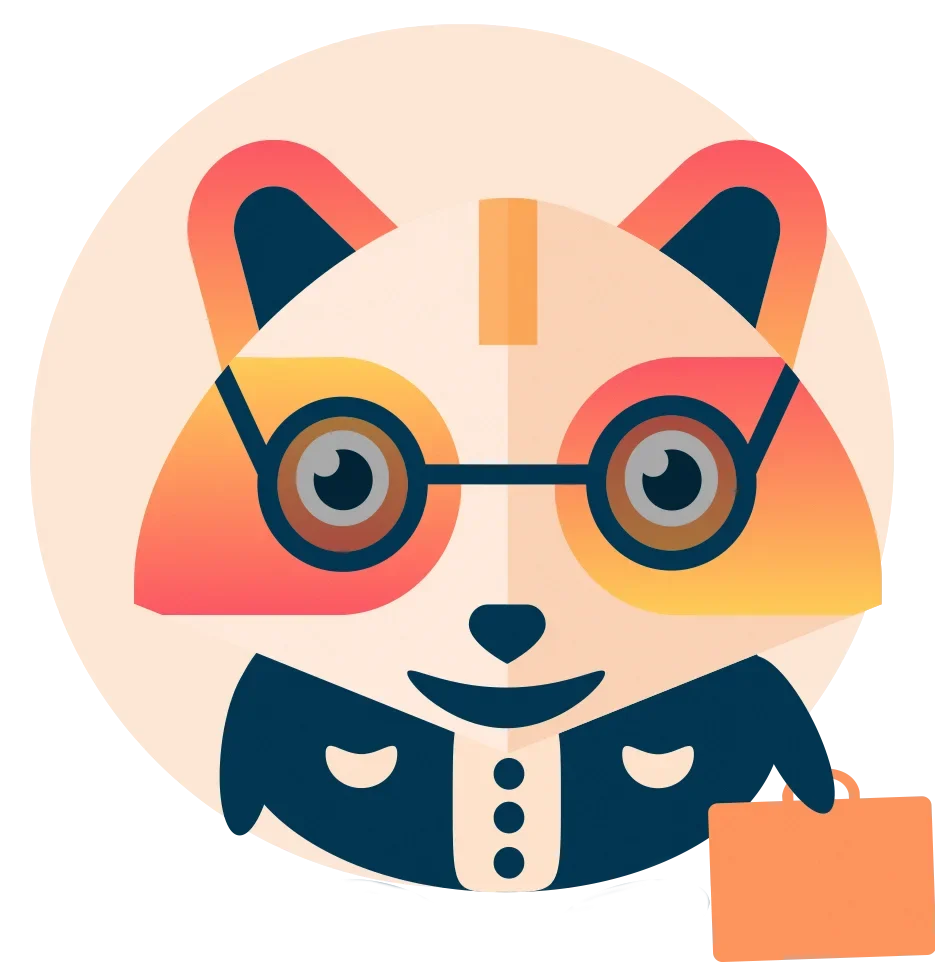Creative Interview Tips 2025: How to Showcase Out-of-the-Box Thinking with Huru.ai


Get unlimited AI-powered interview practice and instant feedback. Start practicing for free today →
Unpacking Creativity: What It Means to Think Outside the Box
Creativity in the professional world is more than just brainstorming wild ideas—it’s about forging innovative solutions that drive value. Thinking outside the box means challenging norms, viewing problems from fresh angles, and daring to push boundaries for real results.
In interviews, creativity is sought after across industries because it signifies adaptability, vision, and the ability to solve unforeseen challenges. Employers want candidates who not only have great ideas, but also know how to bring them to life and communicate their value.
So how do you demonstrate this kind of thinking in your next interview? Let’s explore the science and art behind creative problem-solving—and how you can showcase it to stand out.

The Creative Process: From Spark to Solution 🚀
Every creative breakthrough starts with a spark—an inspiration, a constraint, or a challenge. The process typically unfolds in several stages:
- Inspiration: A trigger or stimulus that ignites your curiosity.
- Ideation: Generating a range of possible solutions, no matter how unconventional.
- Selection: Evaluating ideas for feasibility and impact.
- Implementation: Bringing the chosen idea to life.
- Reflection: Learning from outcomes and refining your process.
Understanding and articulating this process is crucial when interviewers ask about your creative thinking. They want to see not just the outcome, but also your approach to problem-solving—how you balance innovation with practicality.
Storytelling Your Solutions: How to Structure Answers That Wow
When sharing your creative solutions in interviews, storytelling is your superpower. The most effective answers follow the STAR method (Situation, Task, Action, Result):
- Situation: Set the scene with context.
- Task: Define the challenge or objective.
- Action: Describe the creative steps you took (the out-of-the-box thinking).
- Result: Highlight the impact or outcome.
Not only does this framework keep your answer clear and concise, but it also ensures you prove your creativity with evidence. When possible, bring data, visuals, or real examples to support your story.
Watch: Tips For A Creative Interview (Open Door Creative)
💡 Key Takeaway
Demonstrating creativity in interviews is about more than sharing an unusual idea—it’s about showing your process, your reasoning, and the value you delivered.
Real Interview Examples: Out-of-the-Box Thinking in Action
Let’s look at a few real-world examples (drawn from industry research and Huru.ai user stories) where candidates impressed interviewers with creative solutions:
- Redesigning a Workflow: A project manager noticed recurring delays. Instead of blaming resources, she mapped the process and introduced a simple digital tracker, reducing turnaround by 30%.
- Creative Sales Pitch: A sales candidate brought a prototype mock-up to demonstrate a complex product, making abstract features tangible for the interviewers.
- Customer Experience Innovation: A support agent suggested a chatbot based on FAQs, automating routine queries and letting agents focus on complex issues.
Notice how each story pairs creativity with clear business value—a formula that wins interviews.
Want more inspiration? Explore The Huru Ai Success Stories Real Users Share Their Interview Wins.
Top Strategies: Presenting Your Unique Ideas with Impact
- Visual Aids: Bring props, sketches, or even digital prototypes to interviews to make your ideas tangible.
- Be Concise: Focus on the ‘why’ and the result. Avoid jargon, and use relatable analogies.
- Engage the Panel: Ask for feedback or invite discussion, showing openness and collaborative spirit.
- Practice Out Loud: Use platforms like Huru.ai to get instant feedback on your delivery, body language, and clarity. Unlimited AI-powered mock interviews help you sharpen your pitch until it’s second nature.
Find more actionable tips in our deep dive: Showcasing Your Creative Process Interview Tips With Huru Ai.
💡 Key Takeaway
Don’t just tell—show! Using visuals, props, and interactive elements can make your creative ideas unforgettable.
Q&A: Answering Common Creative Interview Questions
A: Use a STAR-based story about a real problem where your idea had a measurable outcome. Be specific—numbers impress!
A: Discuss open brainstorming sessions, encouraging diverse perspectives, and rewarding innovative risk-taking. Mention tools or rituals you use to spark ideas.
A: Show resilience and a growth mindset. Talk about what you changed, how feedback improved your approach, and why it made you a better creative thinker.
For more challenging questions, read Creative Interview Questions Shine Bright With Huru Ai.
Practice Makes Perfect: How Huru.ai Supercharges Your Creative Interview Skills
The more you practice, the more natural it becomes to share your out-of-the-box solutions with conviction. Huru.ai offers unlimited AI-powered mock interviews, personalized feedback, and scenario-based questions designed to refine your storytelling and communication.
- Practice with tailored creative thinking prompts.
- Get instant, actionable feedback on your answers, body language, and delivery.
- Sharpen your responses until they’re clear, concise, and compelling.
See how you can master creative interviews with Huru: Try it now for free!
💡 Key Takeaway
Preparation breeds confidence. Practicing your creative storytelling is how you transform nervousness into memorable, standout interviews.
Resources & Further Reading 📚
- Professor Interview Questions Share Your Passion For Knowledge
- Quality Assurance Engineer Interview Questions Test Your Knowledge
For additional research and behavioral interview prep, check out: Creativity Interview Answers (Clevry).
About the Author
Elias Oconnor is a veteran content writer at Huru.ai, passionate about empowering job seekers to unlock their full interview potential. With years of experience researching career trends and crafting actionable, high-impact guidance, Elias specializes in demystifying the interview process for candidates of all backgrounds.


 May 07,2025
May 07,2025  By Elias Oconnor
By Elias Oconnor